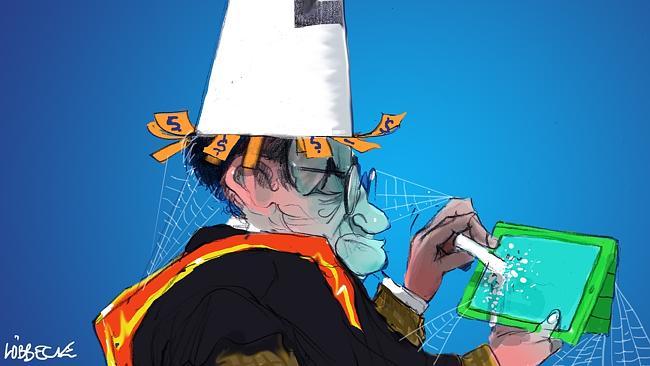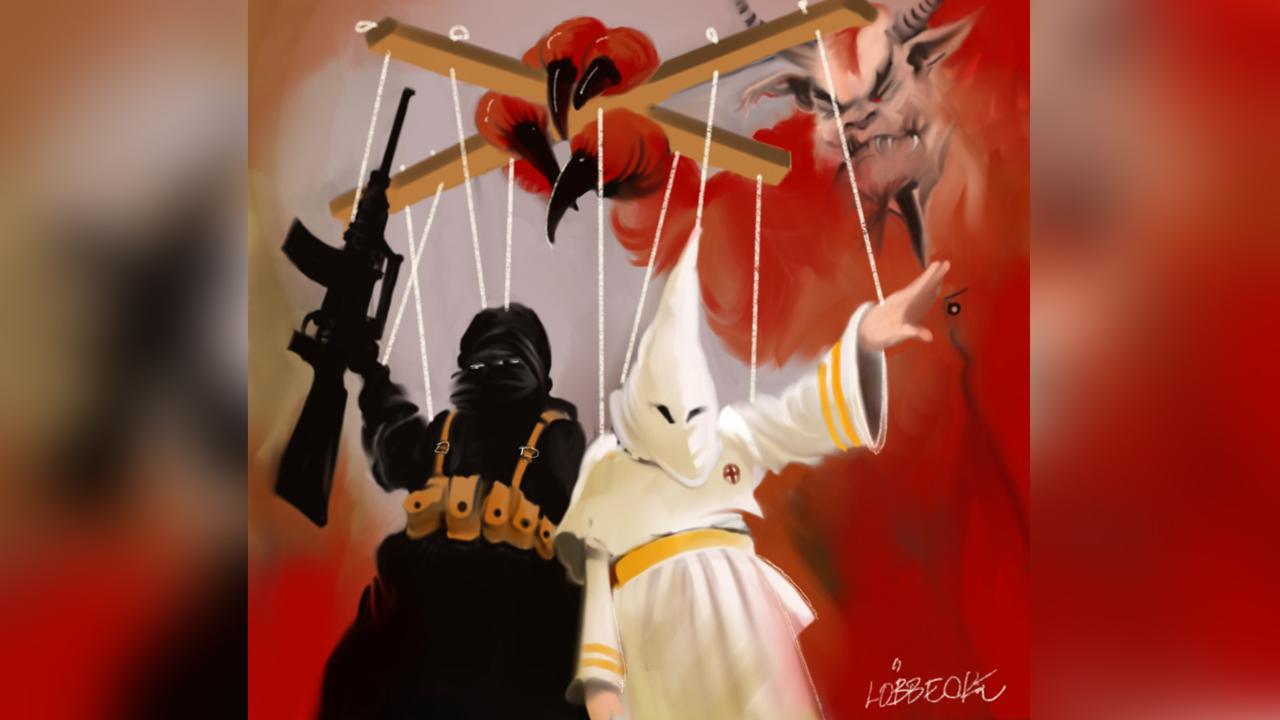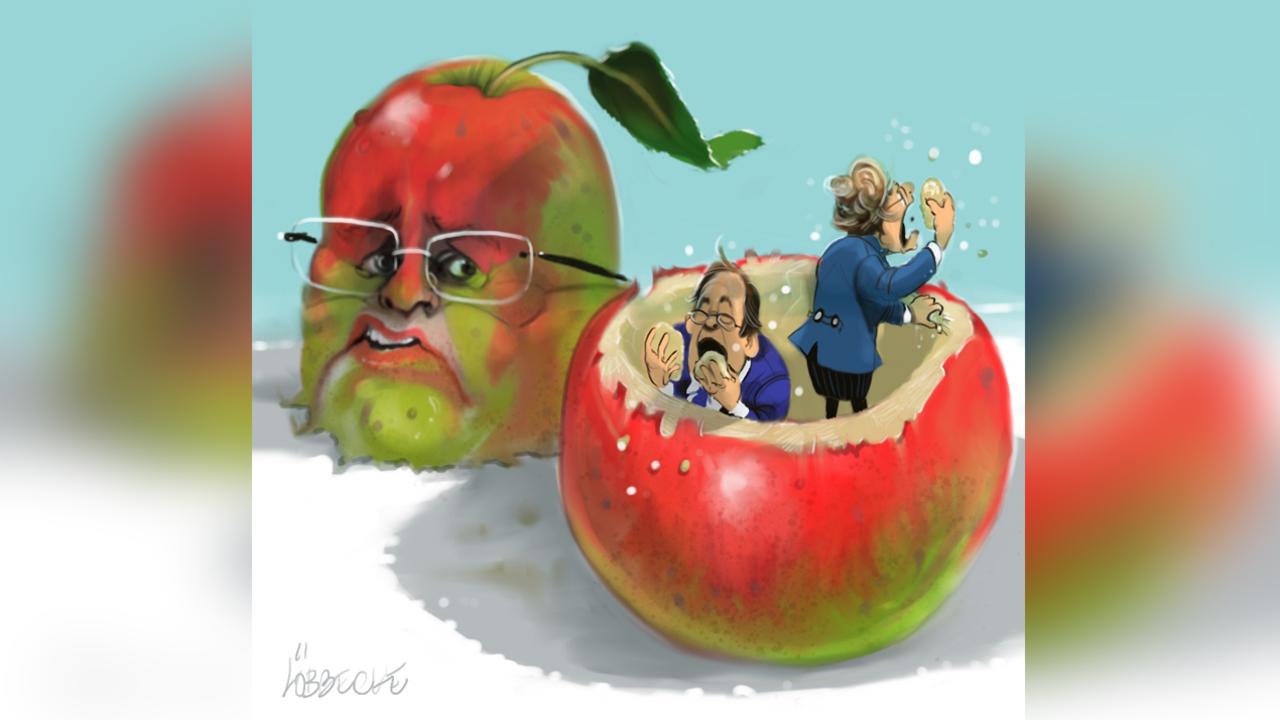
COMING after the school funding row, last week's Program for International Student Assessment results provided the education lobby with a golden opportunity to vent its claims. Not that those claims needed repeating, for they have become articles of religion. But that doesn't stop them being demonstrably false.
The first is that our education system entrenches disadvantage. PISA, the teachers' unions thundered, highlighted "unacceptable and widening gaps between students from different backgrounds". The trumpet blowers at the ABC then reported that "wealthy students" were trouncing those from "the lowest socio-economic group".
And Sue Thomson, from the Australian Council for Educational Research, gave those claims a big tick, asserting that socio-economic status explains more than 60 per cent of the variation in student performance.
The overall effect owed a great deal to that 1971 picture Dr Jekyll and Sister Hyde, whose poster roared: "This film is filled with shock! After shock! After shock!" And like that film, it didn't bear even a coincidental resemblance to reality.
Rather, socio-economic status accounts for less than 12 per cent of the variation in Australian students' PISA performance: well below the advanced economy average. Nor is there any sign of an ever-widening gap. Instead, SES has less effect on Australian PISA results now than in 2000. And that confirms myriad indicators, which show a small and decreasing impact of socioeconomic factors on our educational outcomes.
Those indicators suggest that in aggregate, SES explains some 8 per cent of the variation in educational performance, with higher effects on some tests (such as PISA) and lower effects on others. That implies ability is at least three times more important than family background in determining outcomes, which is consistent with data showing Australia has high levels of merit-based social mobility.
For example, parental income has about half the impact on children's future income in Australia than in egalitarian Sweden. As for occupational status, the statistical effect of fathers' occupations on that of sons declined by two-thirds from 1965 to 2009, while ability's effects on achieved status rose.
Little wonder the PISA report concludes Australia is "above average" in terms of educational equity. But that hasn't prevented the teachers' unions and their fellow-travellers from making a second claim: that state schools are hard done by, harming disadvantaged students. That claim too makes little sense. State schools receive twice as much taxpayer funding per student as their non-government counterparts. And they have up to 20 per cent more total funding per student than Catholic and low-fee independent schools.
Rather, what distinguishes state schools is how variable, and often persistently poor, their performance is. For example, the Longitudinal Surveys of Australian Youth show that Catholic and independent schools achieve significantly higher tertiary entry results than state schools. Moreover, those differences are not due to schools' socio-economic composition or to resources per student, as neither has a statistically significant effect on schools' TER performance.
Instead, they reflect the lack of pressure on poorly performing state schools to lift their game. In a competitive market, schools that year after year fell short would fold, while higher achieving schools would expand; not so, unfortunately, in the government sector. The result is a large and durable spread in outcomes, with the government sector accounting for only 11 per cent of the best performing schools but for 95 per cent of the worst performers.
It's true that schools at the bottom of that distribution have more students from low SES families than their best performing counterparts. But everything suggests that is a consequence, not a cause, of poor outcomes, as those students who can flee, do. And there is plenty to flee from.
The PISA data, for instance, show Australian schools tolerate very high levels of class disruption by international standards, with state schools being more than twice as vulnerable to disruption as others. And disruption levels have increased, despite low and falling class size. The inability to secure an attentive learning environment then helps ensure state schools do a worse job of teaching disadvantaged children than their Catholic counterparts.
All that should encourage those with children's interests at heart to embrace school choice, enabling all parents to vote with their kids' feet. Instead, the educationistas want to reward the worst-performing schools with additional bucketloads of taxpayers' money.
Not that they say as much; rather, they claim the Gonski report's funding model is strictly "sector neutral", allowing all schools to offer an excellent education. And that seems backed by the Gonski report itself, which describes its proposed "resource standard" as an "outcomes based" measure that reflects the funding received by "reference schools" at which "at least 80 per cent of students are achieving above the national minimum standard".
Yet this claim, it can now be revealed, is simply incorrect, as the still-confidential report in which the resource standard is calculated does not do what the Gonski report purports. And understandably so: for the confidential modelling shows that all else equal, "reference schools" spend significantly less than the schools which do not meet the "reference standard". An outcomes-based approach would therefore cut spending on what are largely badly run state schools.
But forcing such efficiencies would have been politically inconvenient; so without warning readers, the Gonski panel fudged the numbers. Moreover, the formula the panel came up with taxes independent schools, but not state schools, for any medium to high income parents. The result is a calculation that instead of being "sector neutral", shifts a growing pool of taxpayer funds to state schools, regardless of their performance.
Such is the morass of falsehoods and hypocrisy into which we have fallen. Yet that scarcely troubles the unions, much less the moral sleepwalkers who run our airwaves. But suffer the little children: for they are the ones who will pay the price.



